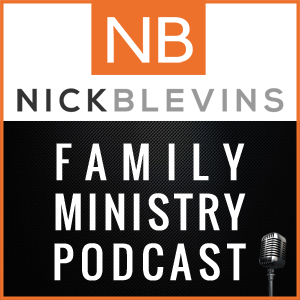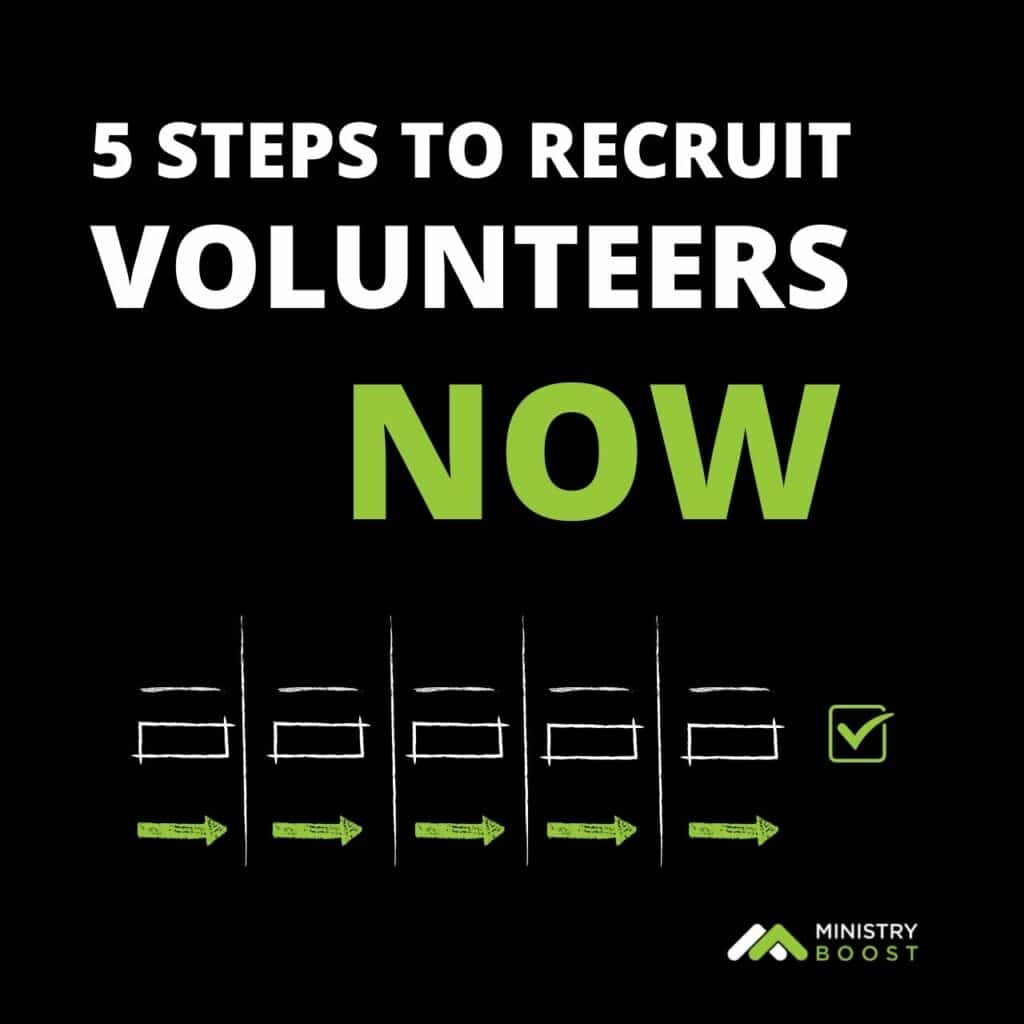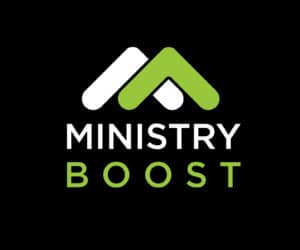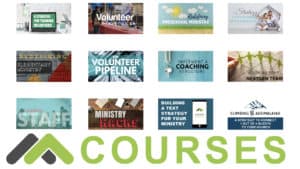Every ministry leader wants more volunteers, but what if we are a barrier to making that happen? Moses was a barrier to leading the Israelites until his father-in-law offered wise counsel. The disciples neglected their primary responsibilities until they shared leadership, then the church grew and flourished. In both cases the solution was to delegate authority through a specific structure.
There is an important tool to help delegate authority and ensure nobody becomes a barrier to the growth of your volunteer teams and your church.
Volunteer Leadership Pipeline
A leadership pipeline is simply the primary pathway for leadership growth as a volunteer in your church. It is the foundation of how all of your volunteer teams should be structured and organized. A Volunteer Leadership Pipeline might look like:
- Level 1 – Contributor/Member – This could be someone who is a member of a small group or a contributor on a volunteer team. They do not have the responsibility of leading or caring for a specific group of people.
- Level 2 – Leader – Someone on this level is specifically responsible for leading a group of people. It could be a small group of 6th grade guys, an adult small group, a band, or a team of volunteer contributors such as a parking team.
- Level 3 – Coach – A coach leads a specific team of leaders. In many churches this is the highest level of volunteer leadership before becoming staff. Some examples could include an Elementary Small Group Coach, responsible for all the Elementary Small Group Leaders at one service or a Production Coach, responsible for leading band leaders and producing a service.
- Level 4 – Director – Directors lead coaches and oversee entire ministries or programs. Directors may be staff depending on the size of your church.
Helpful Tips for Implementing a Pipeline
Here are some helpful tips to keep in mind when implementing a leadership pipeline.
- This isn't about value. All gifts and roles are valuable to the church. This is about stewarding the leadership gift well. The lead vocalist in a band may be on Level 1, because while they “lead worship” they may not specifically lead a group of people. But, we can all agree they add huge value to the church. Talk about this when sharing your pipeline.
- Use it across the entire church. Every ministry org chart will look different and will need unique volunteer roles, but make sure the pipeline is utilized throughout the entire church and every role and org chart lines up with it.
- Clarify competing terms. For instance, I just mentioned how Worship Leaders may not be on the Leader level of the pipeline. That's confusing, since the title has “leader” in it. Our pipeline does have the Leader term, so we call our elementary worship leaders Worship Team Members to avoid confusion.
- Emphasize apprenticeship. You want to constantly have people apprenticing to step up to the next level. Establish an expectation that everyone is apprenticing someone to take their place. This allows for future growth.
- Create a plan for developing people through each level. Identify the core competencies, skills and experiences needed to succeed at each level and develop a training system to prepare people to move from one level to the next.
Creating a leadership pipeline and placing people in those roles allows your team to grow beyond what you can lead. Everyone has a limited span of care, a number of people they can realistically care for and lead. This recognizes that truth and structures around it. By doing that, we allow our volunteer teams to continue growing while caring for everyone as they do. And, as the volunteer equation suggests, growing your volunteer teams can grow your church.
Mac Lake is an expert on this and I recommend you check out his blog and anything he writes on this subject.







what training do you do for competencies on each level? What are the competencies you are looking for on each level?
Great questions. We’re developing that now and it will be far more consistent across ministries. Right now it’s ministry-specific. For our Coach level this is the plan:
https://nickblevins.com/blog/2016/01/21/our-plan-for-developing-leaders-of-leaders-in-family-ministry/
For volunteers (first level) it’s:
-Been to our church Starting Point class
-Been through an orientation
-Read the handbook for their environment
-Apprenticed for 4-6 weeks
In family ministry world most (not all) leaders are leading kids as small group leaders. Therefore, the difference between their onboarding and a volunteer onboarding are not that different other than the specific role. The book Lead Small is about the only additional competency right now, but that’s going to change soon.
Do you do annual reviews on each volunteer? Do you do 360 reviews on each volunteer?
Hey Deb – our goal is for every volunteer to have a 1-on-1 with their leader every 6 months. It’s not a 360 per se, meaning they’re only getting reviewed by their leader, but they also give feedback on their thoughts of how we’re doing. Usually, this is volunteer coaches doing it with the volunteers on their team and staff doing it with coaches.